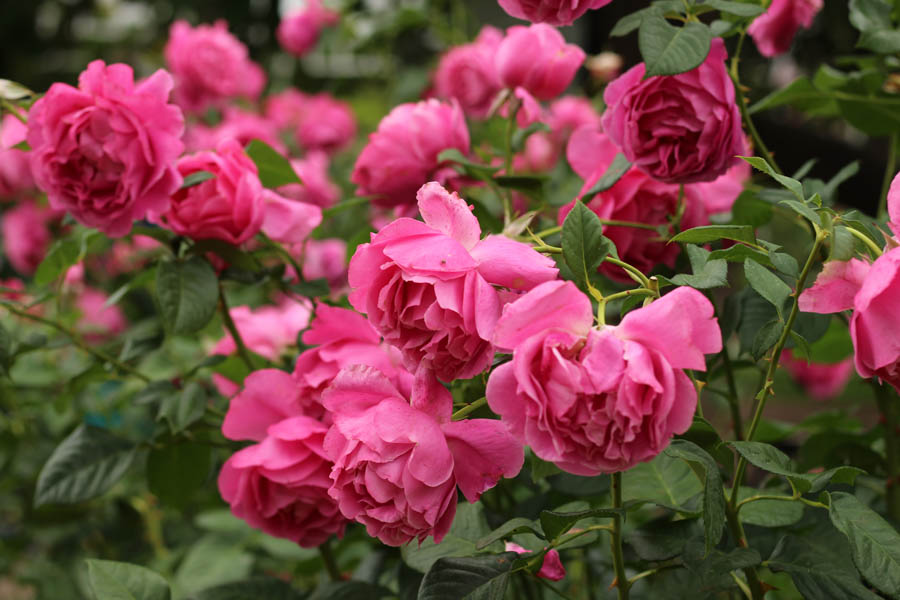GardenZeus Quick Tips: Purchasing Roses

GardenZeus receives commissions for purchases made through links in this post. There is no additional cost to you.
With the holidays now firmly in the rear view mirror, gardeners have time to focus on the rest of their January to-do lists; for many that list includes purchasing bare-root roses. Others may be selecting from among the early arrivals of container roses. Here are some thoughts on what to look for.
Select appropriate varieties for your area. Use special care when ordering rose varieties by mail to be certain that they are appropriate. Remember that websites selling roses typically have a national audience, and many roses that will thrive in New England will struggle in Southern California. GardenZeus has customized recommendations for your area for all classes of roses, from climbers and floribundas to hybrid teas and miniatures. Go to GardenZeus and enter your zip code, then go to roses.
When purchasing roses at a nursery, bring sturdy gloves and eye protection for safety, and wear long sleeves and long pants, to minimize thorn pricks on exposed skin when selecting, loading, and unloading. For additional ideas on what to wear when working with roses, see Rose Pruning: Recommendations for Tools and Protective Clothing. Roses may be purchased as either bare-root or container plants. Bare-root plants are generally available beginning in January in Southern California, while container plants are available at many nurseries in most portions of California year-round. Many of the less common varieties may be available only as bare-root plants, either at nurseries or from mail order sources.
When selecting bareroot plants, nick the bark near the end of a stem to confirm that the cambium is still green and alive. If the tips of stems are dead, make a tiny nick lower down on a stem. If you are unable to find green, living cambium, the plant may be dead and should not be purchased. GardenZeus recommends caution with buying bareroot roses after early March; be sure to confirm that plants were received recently by the nursery.
If buying a container plant, hold the plant firmly at the based of the main stem, lift a few inches off the ground, and tap the edge of the nursery pot to loosen it and look at roots. Ideally you will see a few light-colored roots at the edges of the root ball. If you see thick growth of roots at the edges of the rootball, circling roots, or thick matted roots, the plant may have been potted for longer than is desirable; GardenZeus recommends selecting a different plant.
If planted by early spring, roses will reward with many months of spectacular garden color.
This is an updated version of an article originally published on December 15, 2016.
Don’t know your GardenZeus zone? Click here.
Other articles of interest:
6 Tips for Growing Roses in Containers
Should Organic Gardeners Fertilize Their Roses?
